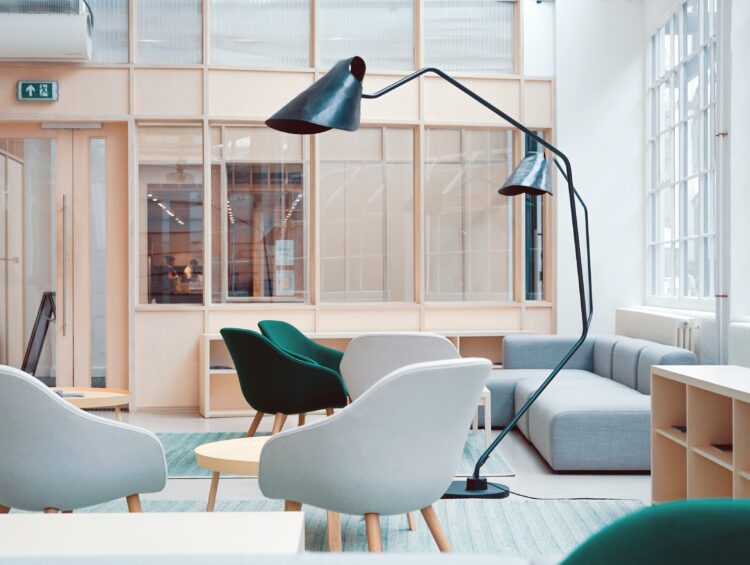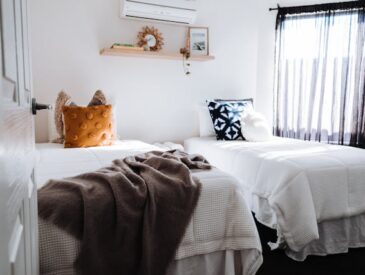There are many ways in designing a small waiting room to enhance the appearance of your waiting room, even if the space is small. For example, you can create artistic displays to create a focal point. You can also use decorative mirrors to make the room look larger. You can also add plants for fresh air. Lastly, you can choose ‘hero’ pieces for your waiting room.
Contents
Artistic Displays Create a Focal Point
Adding artistic displays to your waiting room can add great visual interest and provide a focal point. This type of décor can be both practical and attractive, resulting in a competitive Return on Investment. In addition, these displays can also be conversational starters.
If you have limited space, consider using an accent wall to create a focal point. Use wallpaper or paint that is different from the surrounding walls. Make sure it has an interesting texture and is much darker or lighter than the surrounding walls. This will keep your room’s design uniform and draw attention to the focal point. Another great way to create a focal point is to paint the walls a different color or to use patterned wallpaper.
You can also use multiple focal points in a room. The number of focal points is up to you, but two or three is the safe limit. Using multiple focal points will draw guests’ attention and create conversation.
Decorative Mirrors Make Space Appear Larger
Mirrors are an excellent way to make a room feel larger. Tall mirrors, for example, attract the eye upward and create an illusion of a doorway. Likewise, adding a mirror to a small alcove or hallway makes a room seem larger.
Mirrors should reflect the existing decor in the room. Large mirrors are great for this, especially if they are placed across from a seating area. Decorative mirrors can also mimic outdoor views. You can hang mirrors across from windows to mimic a beautiful outdoor view or at right angles to maximize natural lighting.
Mirrors can also make a room look larger, making it feel brighter. If the mirrors are placed in a window-side position, they will reflect the light that enters the room. Similarly, mirrors can create a sense of openness in a room that doesn’t have much natural light.
Adding Plants Improves Air Quality
Adding plants to office environments improves air quality and increases employee productivity. Plants absorb harmful chemicals from the air and produce oxygen, which improves human focus, creativity, and health. In addition, studies have found that plants improve employee productivity, improve leased office space occupancy, and decrease worker absenteeism. The average person spends one-third of their day in an office, so the added benefits of plants are substantial.
A study showed that adding plants to a small office can improve air quality. It found that adding plants to the space could cut the amount of nitrogen dioxide (NO2) in the air by as much as 20 percent. This effect was seen in dark and bright conditions and wet soil.
Other benefits of plants include reducing noise levels and improving mood. In addition, plants improve air quality by increasing relative humidity. Increasing humidity helps keep the air moist, which is beneficial for reducing dust and allergy triggers. The presence of plants also improves the look of cubicles. They add color to an otherwise bland room.
Choosing ‘Hero’ Pieces for the Waiting Room
When furnishing your small waiting room, there are many things to remember. You want to make everything functional, but you also want to make the room look beautiful. Choosing the right color scheme and furniture is important for the room’s atmosphere. You can use bright, cheery colors to create a relaxing space for your visitors.





